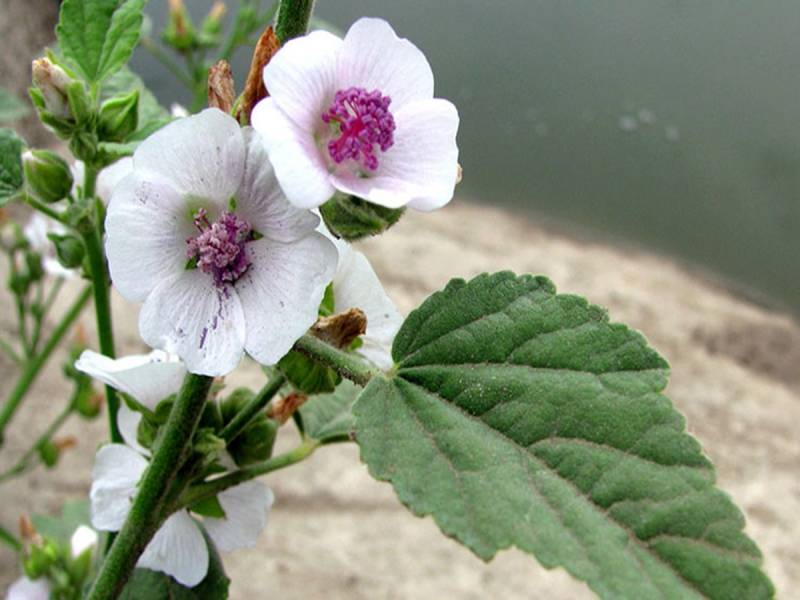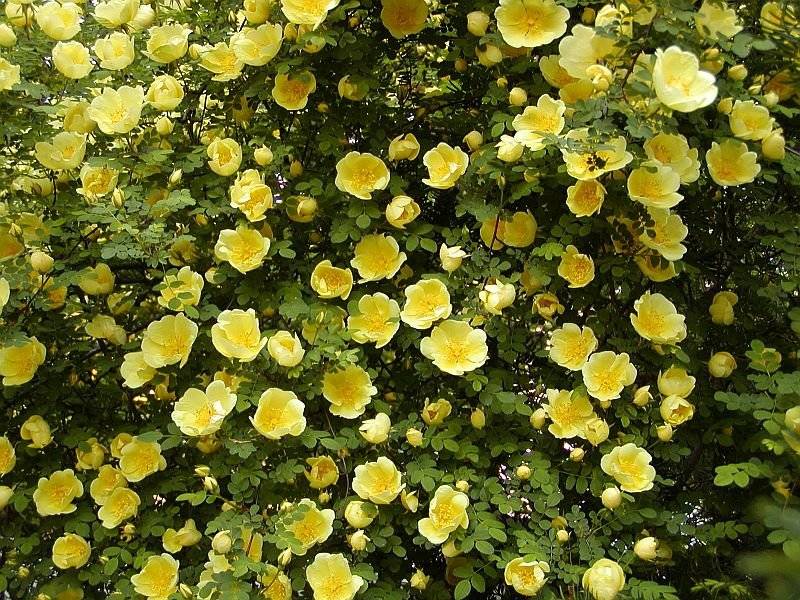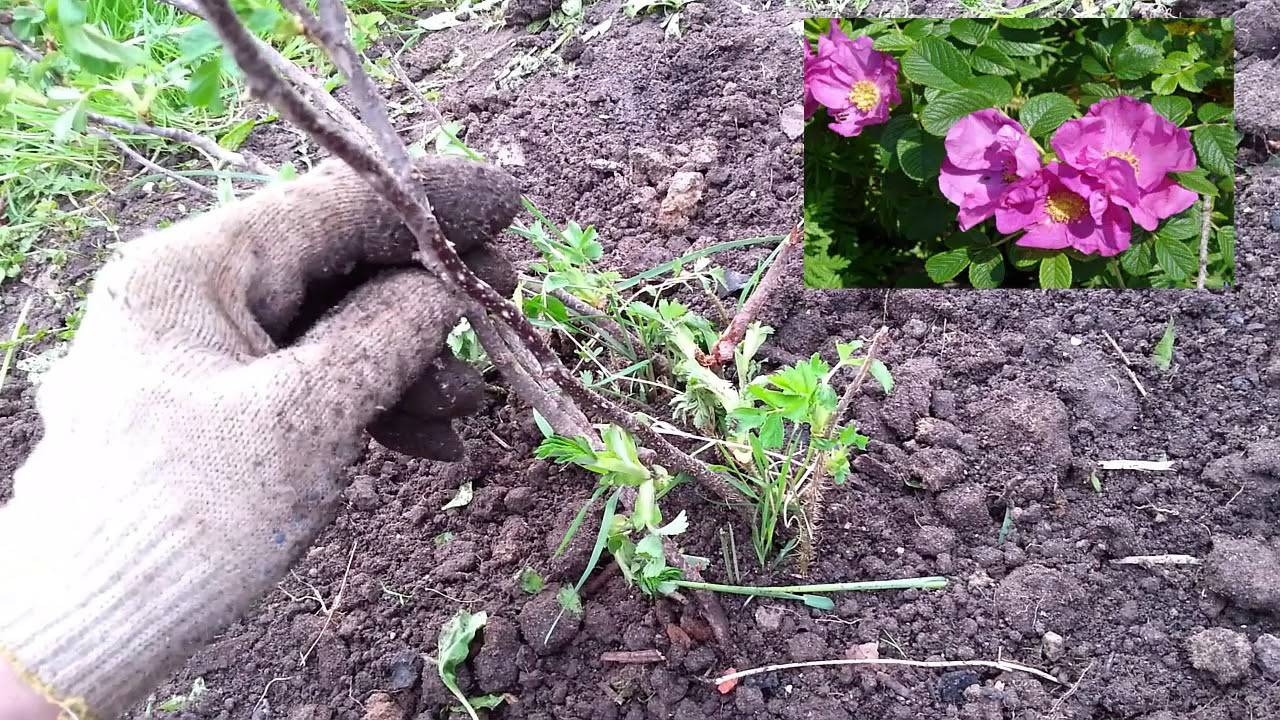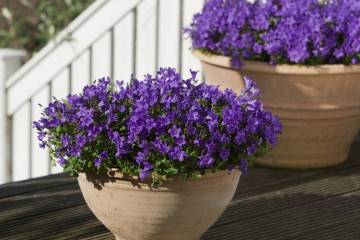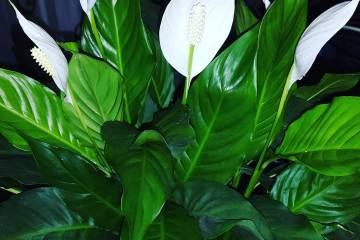Wild rose - what kind of flower is it, what is it called
Content:
Wild rose is a flower with a simple inflorescence shape, bright, varied colors, original fruits and lush bushes. Everyone knows that beauty lies in simplicity. And it is under this slogan that a gentle wild rose can act.
Wild rose - what is this flower
The second and most common name for a flower is rosehip. In total, there are more than 75 varieties of this shrub, which cannot but surprise, since most people know and have seen no more than 4-5 varieties.
The plant belongs to the Rosaceae family. Almost all types of common rose hips can be found in all regions of the country, with rare exceptions.
Description of what it looks like
Description of the wild rose:
- life form - bush;
- stems are most often green, covered with many small thorns;
- the flowering period lasts from the second half of May and ends in the middle of summer;
- fruits ripen in September;
- the flower is simple, with many stamens;
- the color depends on the variety - from white to bright pink;
- fruit colors are also varied.
Since the dog rose is a monoecious plant, it needs a partner for pollination, otherwise there will be no fruit. Self-pollination rarely occurs; more often, the attraction of pollinating insects is required, which willingly flock to the pleasant, bright aroma of the flower.
Healing properties, use in the economy
The fruits of the plant have healing properties and help with colds, coughs, bronchitis. They can be simply added to tea, brewed as a standalone drink, or compote made from them to strengthen the immune system.
Varieties of wild roses for growing in the garden
Wild rose bushes are often grown to decorate courtyards, park areas, they are planted as hedges and in garden plots.
The shrub is especially liked by too busy growers who want their garden to look as attractive as possible despite the minimum of effort.
Dog rose (Canina)
The most common type of shrub, used most often to create living fences.
Bright pink, large fragrant flowers bloom in early summer, and closer to autumn, the berries begin to ripen. The maximum height is 3 m.
French (Gallica)
The French rosehip grows only in the southern parts of Russia and in European countries.
The bush is undersized, the height of the stems does not even reach 1 m. The flowers are bright red.
Can be grown as a houseplant.
Devil Rose Lacorn
This bush proved that a simple rose hip can be called so threateningly.
This stunted plant has no thorns at all on thin long stems. Peduncles are long, they have large bright flowers. There are small sticky droplets on the fruits and stalks, which give Lacorne an original look.
Wild Rose Moyes
The Moyes rose includes several decorative flowers with large bottle fruits and bright red, very showy flowers.
The leaves are bright green, against their background, the flowers look especially impressive.
Wild rose Altay
The Altay variety is a perennial herbaceous shrub, reaching 2 m in height.
The root system is very powerful, there are no thorns; instead, the stems and leaf petioles are covered with villi.
The flowers are large, white-pinkish in color, located on short peduncles.
Rusty rose
This plant looks like a shrub with an average height of about 1.5 m, but it can grow up to 2.5 m.
The stems are covered with large thorns. Leaves are green, up to 12 cm, with 7 leaves.
The flowers are pale pink. Fruits are red, spherical in shape.
Rosa Hugonis
It is a wild yellow rose that blooms first of all varieties.
The flowers are pale yellow, located on short pedicels throughout the shoot. It has many thorns and is highly immune. It grows very quickly, grows up to 250 cm.
In addition to the presented ones, flower growers also grow other varieties of rose hips, one of the most common is the white wild rose, as well as cinnamon rose hips.
Growing a wild rose outdoors
Growing a wild rose and planting it does not give the gardener a lot of trouble, it is a rather unpretentious plant.
What time is the boarding
You can plant young plants at any time.
But if a spring planting is planned, then the soil on which the rosehip will grow should be fertilized with organic fertilizers.
It is best to plant a wild rose in open ground in early spring, when young shoots have grown only 15-20 cm.
Location selection
Shrubs can be placed anywhere, however, in shaded areas, flowering will not be too long, and the fruits may not form at all.
It is also worth remembering about the growth rate of a wild rose, so it is worth preparing a large area for it in advance, since it will be difficult to transplant it.
How to prepare the soil and flower for planting
The soil should first be fertilized and the planting pit should be prepared. The roots of the seedling are treated with a solution of potassium permanganate or any other disinfectant.
Since the root system of the bush is fibrous, it is worth carefully examining all the roots, removing the rotten and spoiled ones, and sprinkling the cuts with charcoal. The main roots are shortened a little, literally by a few cm.
Planting procedure step by step
- A hole of 50 × 50 × 50 cm is prepared for each plant.
- 10-15 kg of compost, 200 g of superphosphate, a little potassium chloride and ammonium nitrate are added to each pit.
- The ground part of the seedlings is significantly shortened, only small shoots remain, the maximum height of which is 15 cm.
- 10 liters of good settled water at room temperature are poured into each hole.
- Prepared seedlings are placed in the hole and sprinkled with earth. At the same time, there should not be a lot of the top layer - the layer is slightly greater than the depth to which the bush was deepened in the planting container (by about 5 cm).
- Next, the dog rose is watered, the soil is slightly compacted and mulched with sawdust, peat or moss.
Plant care
Wild rose does not require additional maintenance. This is an option for both novice florists and those who do not have a lot of time to take care of all the plantings in the garden.
- Watering rules and humidity
Rosehip is an amazing plant that can easily adapt to hot, dry weather. But still, during a period of special drought, you can water a flower, but under each bush, 10-15 liters of water are poured, no more.
- Top dressing and soil quality
The flower needs feeding only in the first years of life, it needs both mineral and organic fertilizers.
The main thing is not to overdo it with nitrogen, otherwise problems with flowering may begin.
- Pruning and replanting
The first cardinal pruning is done after planting, if the shoots were not pruned initially. Then only formative pruning is required once every 3 years.
- Features of wintering a flower
Winters, even harsh, most species tolerate calmly.
But if a delicate, southern variety is grown on the garden plot, so that in the spring it looks and feels perfect again, you will need a shelter with a special protective material.
Blooming rose
Flowering, as a rule, is active and rather long.
The period of activity begins in April, when the buds are laid. Wild rose blooms in mid-July.
The care remains the same as the rest of the time. No additional effort is required.
What if the wild rose does not bloom, what are the possible reasons? There are few options: young, up to 3 years old, age, too strong shading, excess nitrogen.
Flower reproduction, ways
The flower propagates:
- seeds;
- cuttings;
- layering;
- dividing the bush;
- dividing the rhizome.
Breeding time is spring. All options are carried out according to the standard scheme.
Diseases, pests
Rosehip is almost not susceptible to attack by insect pests or diseases. If this happens, you will need treatment with chemicals, insecticides.
Wild rose is a flower that adorns not only forest slopes, courtyards, parks, but also flower beds of flower growers who want to choose something simple, beautiful and useful for themselves. It creates beauty in any garden area where it is located.


